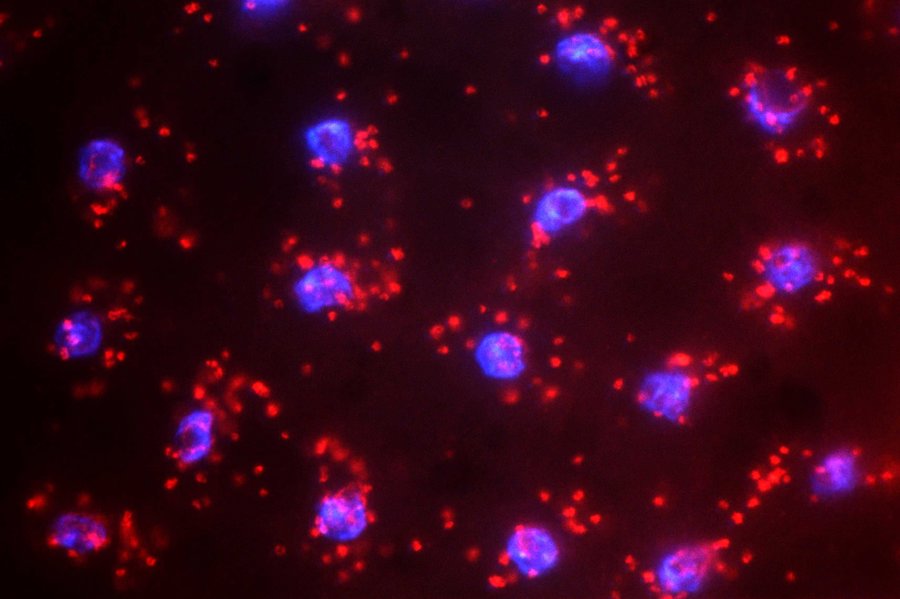
Certain wolbachia strains could spread rapidly through mosquito populations, block transmittance of viruses to humans, UC Davis study shows
Wolbachia, a parasitic microbe found in up to two-thirds of insects, was discovered only a few decades ago and is not fully understood. A new study from UC Davis analyzed the interspecific spread of Wolbachia across different species of fruit flies. The bacteria’s ability to select for infected offspring and provide immune benefits to its host allows it to spread rapidly throughout populations.
“Wolbachia don’t necessarily spread through increasing relative fitness of their hosts, rather they interfere with reproductive abilities,” said Kevin Kim, an undergraduate biochemistry major and co-author of the study, in an email. “During host reproduction, wolbachia are transmitted via the mother to their offspring, so male-killing Wolbachia increase the rate of production of infected females, which can go on to produce infected offspring. Similarly, [cytoplasmic incompatibility] prevents uninfected females from producing their ‘maximum’ number of offspring — except in cases where both parents are uninfected — and thus promotes the spread of wolbachia.”
In this study, Michael Turelli, a professor of evolution and ecology at UC Davis, and his associates looked at the similarities between Wolbachia strains in eight different types of drosophila, or fruit flies, to determine how the infections spread between species, rather than through them.
“Our results demonstrate that certain Wolbachia strains rapidly spread horizontally between divergent species, suggesting these strains have evolved mechanisms to efficiently establish in new host lineages,” said Brandon Cooper, an assistant professor of cell, molecular, and microbial biology at the University of Montana, in an email interview.
Wolbachia can spread to a new host three different ways: inheritance by sister species during speciation, hybridization and introgression from a closely related species or horizontal transmission.
The frequency of these methods are unknown, however. According to Turelli et. al, hybridization is common during speciation, and introgression often occurs, but horizontal transmission cannot be determined or excluded. It is possible that vectors such as parasitoids or mites aid intraspecies transfer.
Over a hundred wolbachia infections found in the eight drosophila species studied suggest that many wolbachia infections are young, and may replace each other in hosts. These strains are similar to a strain of Wolbachia called wRi which is called a “super spreader.” They jump between species more easily than other strains, although the method is again indeterminate.
“Of course if you have a strain that jumps species barriers, that means it’s going to be pretty easy to potentially introduce into new species,” said Ary Hoffmann, a professor at the University of Melbourne. “Some wolbachia strains are probably very good at jumping species, some wolbachia strains are probably not. They might just stay with one species for a few million years.”
The ability of a strain to jump to another species is highly relevant to Wolbachia research, as introducing Wolbachia to new hosts will help block the spread of viruses. Currently, various projects such as the World Mosquito Program are introducing Wolbachia into mosquitoes in laboratories and releasing them into the wild. If the bacteria is compatible with its new host, then the host has an advantage over uninfected mosquitoes, and will spread Wolbachia throughout the population. This will lower the rate of mosquito-borne diseases. Programs like these target diseases such as West Nile virus, yellow fever, and malaria, among many others, which are dangerous to people across the world. The more effective Wolbachia may be in transferring to disease-carrying mosquitoes, the more effective these measures may be.
Written by: Kira Burnett — science@theaggie.org



